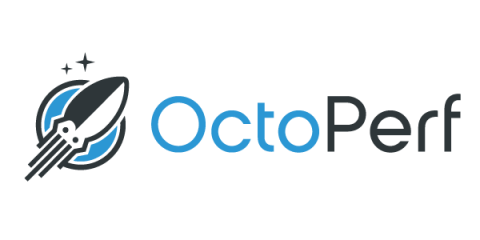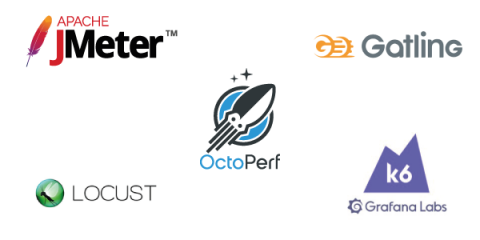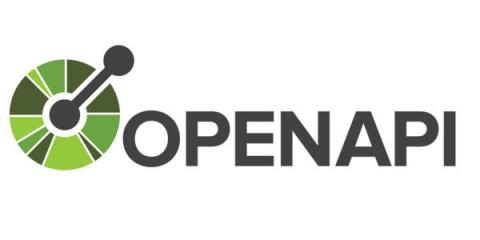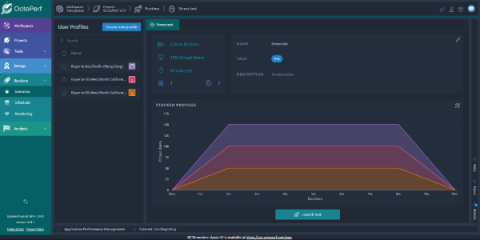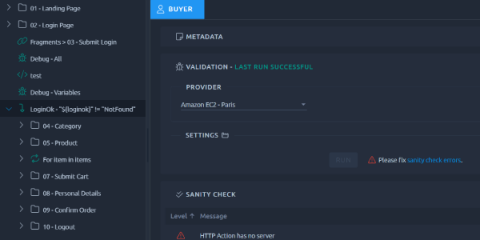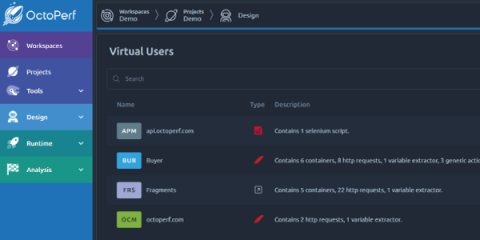Performance Testing for large scale programmes
In this post we are going to look at performance testing on large scale programmes. A few the posts we write define techniques and approaches based on a single application under test but sometimes you are faced with the prospect of performance testing: Now, especially in the case of migration of services, performance is key, and you cannot afford to see a degradation in performance as the business users will have already become accustomed to the software and how it performs.


